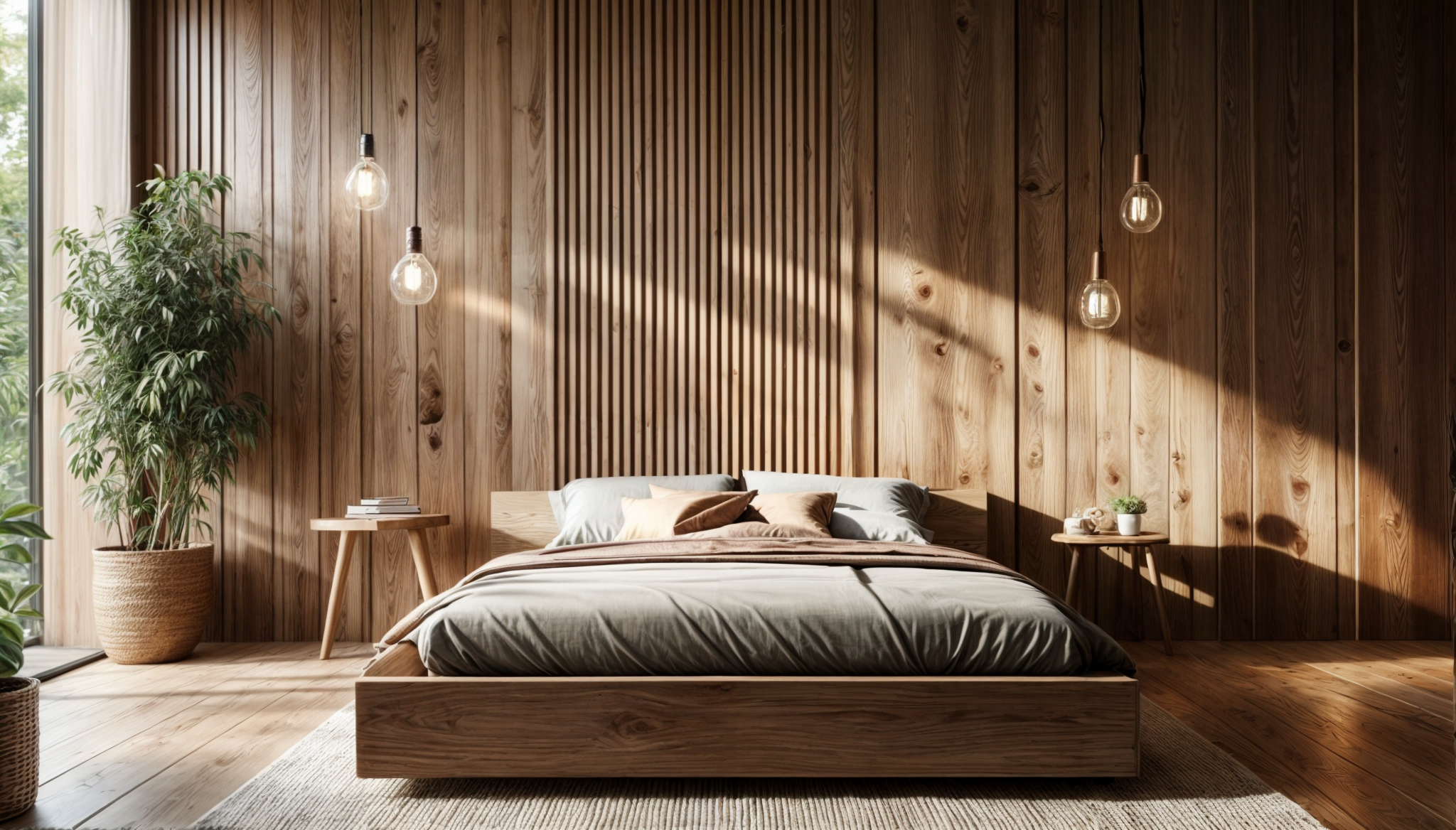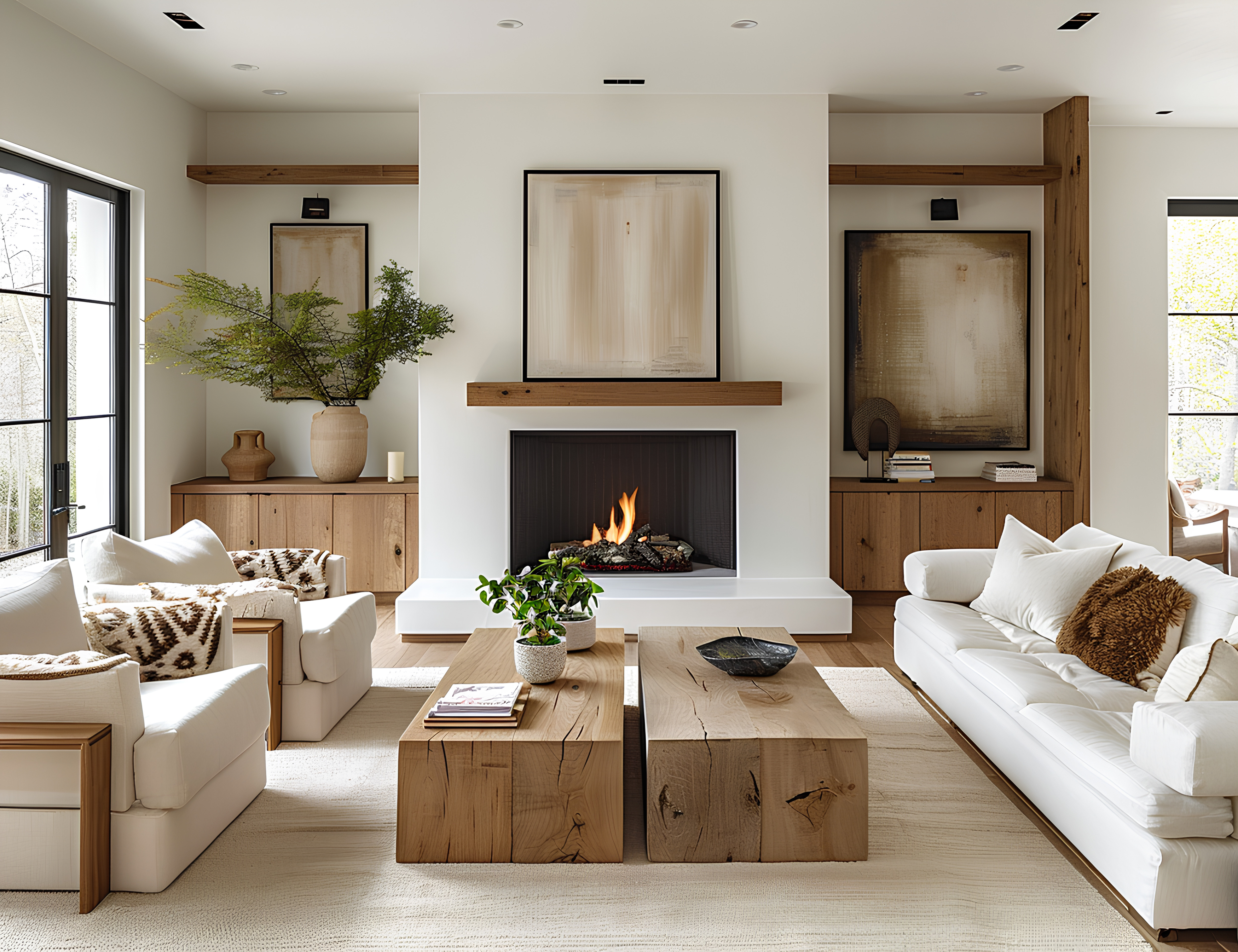In recent years, there has been an increase in the design and use of WPC wall panels as more homeowners are ready to choose them to bring colour to their homes. Without question, WPC panels are a well-liked option for improving the interior's durability and beauty. However, a lot of homeowners are curious about how to install a WPC wall panel.
You can even install it yourself because it's that simple. Whether you're new to home renovation or an experienced do-it-yourselfer, our in-depth, step-by-step WPC installation guide is designed to help you become an expert at installing WPC boards.
Century WPC Boards are engineered boards composed of wood fibres and thermoplastics. Wood-plastic composite, or WPC, boards combine the organic beauty and class of traditional wood with the strength and durability of plastic. As a result, a material that combines the greatest qualities of both worlds is incredibly versatile. These boards are perfect for a variety of uses, including outdoor and interior home construction, because of their resistance to weather and low care needs.
Here is a DIY guide to help you install your WPC boards for decking or wall panelling.
Take precise measurements of the installation area to determine the number of WPC panels you require. To avoid surprises, make sure you get a enough number of panels. Arrange the panel layout sensibly, taking into account the room's distinctive architectural elements, such as doors and windows. Make a plan for the panels' arrangement. Choose between a vertical and a horizontal orientation and layout. Plan how you'll move the panels around any obstructions on the wall, such as switches or connections.
Set up vertical and horizontal guidelines with a level to make sure your WPC boards are aligned appropriately. Throughout the installation process, you can use these lines as a guide to keep your arrangement straight and uniform. Have a well-designed layout on paper with the right dimensions so that the boards are placed appropriately.
If the surface has any sharp edges, sand them to make the finish smooth. To guarantee adequate adhesion when working on a painted surface, take care of any loose or peeling paint. If the surface has damage or cracks, get the surface repaired completely before installing it. Make sure the surface is completely clear of all dust, dirt, and other debris.

Measure the WPC panels and mark the necessary dimensions. Cut the panels with a saw by your markings. Use a sharp hand saw or power saw to cut the panels. You can cut the WPC boards into various shapes and sizes to meet your renovation requirements.
Start by attaching discrete starting clips to the joists at regular intervals and both ends of the frame. Make sure they line up with the edges of the board. Firmly fasten the starter clips to the frame. Install the second panel by sliding it into the starting panel's groove after the first one is in place. To guarantee a tight fit, gently press. In addition to screws, you can use adhesive for extra support.
Proceed with this procedure, making sure that every panel is flush and level with the one before it. Make sure there are no gaps and that each wall panel is tightly connected to the next in the proper order while installing the remaining WPC wall panels. To make sure that the sidings are tightly connected, you can tap the siding with a hammer.

To provide a seamless appearance free of gaps, sand the panel edges using sandpaper. Check the surface for any seams or gaps after all the panels are in place. Fill these in with caulk for a consistent, smooth finish. For a perfect finish, lightly sand the surface if needed. Make sure to remove any leftover dust or dirt afterward. Use a very soft brush and warm, soapy water to clean your WPC wall panels to get rid of any debris and surface residue.
Now that you have successfully installed WPC boards, here are a few tips to help you maintain those WPC boards:
If you want your WPC boards from CenturyPly to stay in good condition, all they need is simple washing with a soft brush and warm water. It should always be kept in mind that abrasive substances or strong chemicals will destroy your WPC boards forever. It’s advisable not to use metallic instruments such as wire brushes or metal scrapers while cleaning these boards.
Consider taking safety measures to avoid scratching and surface damage if you intend to arrange furniture near your WPC boards. This will increase the longevity and aesthetic appeal of your WPC boards.
Even though CenturyPly WPC boards are made to withstand moisture and water damage, it's essential to maintain their dryness. Your PWC boards should be monitored for any signs of damage, such as fractures or fissures. WPC board integrity and appearance can be preserved through the prompt replacement and repair of any broken or soon-to-be broken boards.
Century WPC Boards are a significant advancement in construction and design materials for wooden and plastic synthesis, and they are built to meet environment-friendly, strong, and durable requirements. When you choose ─ Century WPC Boards, you invest in a product that not only enhances the aesthetics of the interior and exterior of your house but is also designed to promote buildings that can last forever without polluting the environment.
Loading categories...